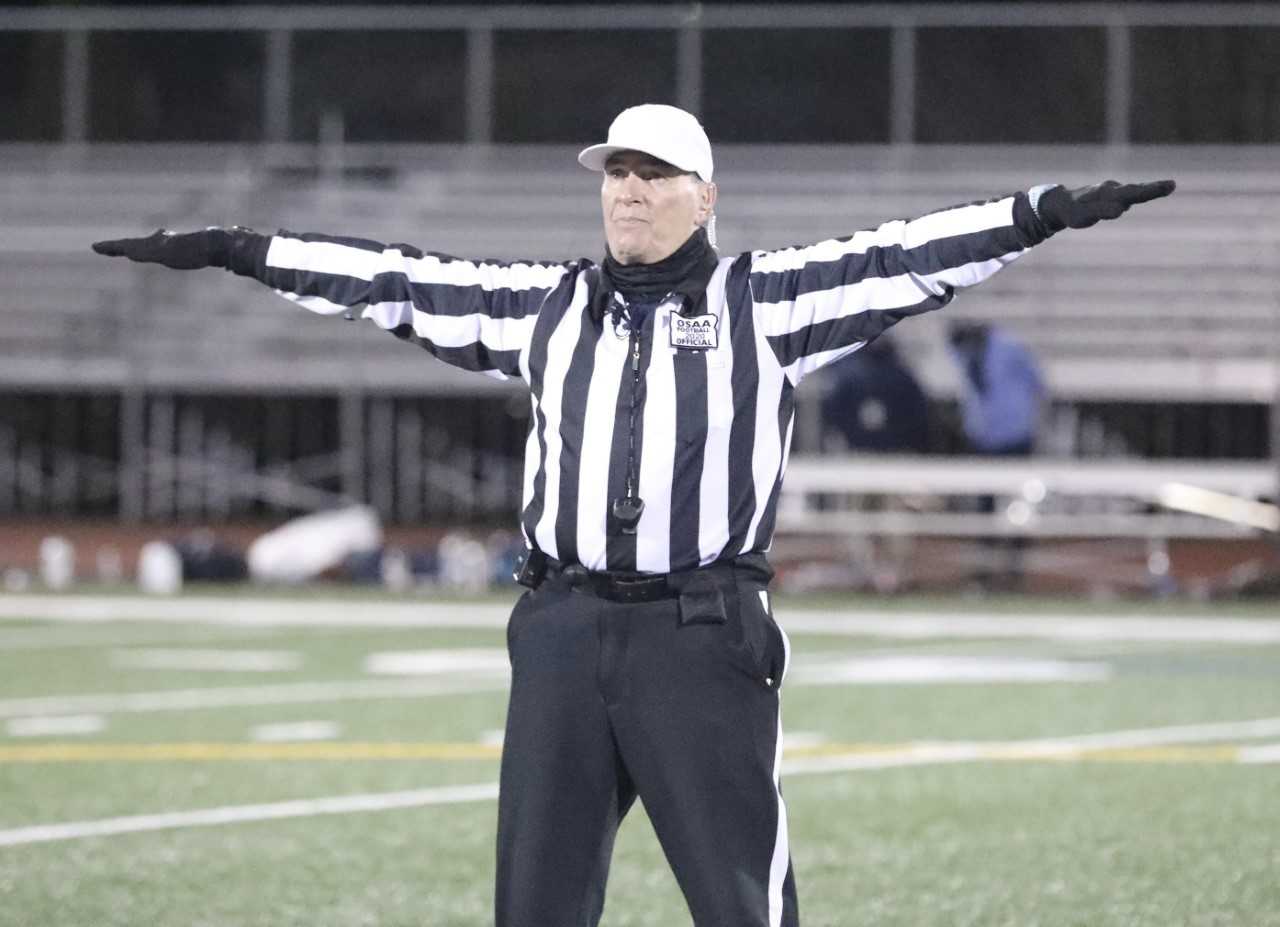
Oregon officiating associations saw a slight uptick in registrations in 2021-22 as they remain hopeful of recouping the losses from the previous, COVID-plagued year.
The state had 3,023 registered officials last year, an increase of 471 from 2020-21 but still down 446 from where the number stood before the pandemic in 2019-20.
“I think it will be a slow rebound,” said Jack Folliard, executive director of the Oregon Athletic Officials Association. “I can't see it jumping immediately back to the numbers we had.”
What happens in 2022-23 will go a long way toward revealing how much the associations can bounce back from the latest decline.
“We really have no way of knowing what people are thinking about out there,” Folliard said. “The first clue will be the fall season.”
The shortage of officials caused many contests to be rescheduled and even canceled last year. It forced officials into extra duty, many of them taking on multiple assignments in the same day.
Overworking officials is a primary concern going forward, according to Folliard.
“Our officiating age is older. The average age goes up almost every year,” he said. “Yet we're asking the officials to work more games in a week. In basketball, that's tough to work three, four, five games a week.
“And same with football and soccer, because you have a big field, and we're having to double up our officials working a 4 o'clock football game, followed by a varsity game at 7. It's really tough for officials who are older.”
The worry is that officials will quit due to overwork.
“The more we work them, the more people get injured, or they say, 'I just can't do that many games, and maybe I'll have to retire,'” Folliard said.
Associations are hopeful that a boost in pay not only would aid in retention of officials, but provide incentive in recruiting new members.
The fee schedule – which is in the final year of a four-year agreement with the OSAA in 2022-23 – calls for football and basketball officials to receive $73.50 for each 6A, 5A and 4A varsity contest. The fees drop from there, depending on sport, classification, size of crew and level of contest.
The OSAA fee review committee is preparing a proposal for the next four-year time block to present to the OSAA delegate assembly on Oct. 10. Folliard said considering inflation, and that officials make “well less than minimum wage” when their hours are factored, increased compensation is critical to keep them.
“We're seeking significant increases to catch up and try to attract people,” he said. “Just basic economics. It probably won't solve the problem overnight. It just depends on how much. But money does talk.”
Officials are paid by the schools through the OSAA.
“I really do think the big problem we have is convincing school districts that athletics is so very important for the education of the students, for the communities, for everything, that they're just going to have to spend more money on it,” Folliard said.
Before the pandemic, officiating associations nationwide already were dealing with a decadelong crisis in attrition.
In Oregon, the number had steadily declined from 4,412 in 2010-11 to 3,469 in 2019-20, a 21.4-percent loss. In that span, the biggest losses were in wrestling (34.6 percent), softball (32.4) and baseball (31.3).
Those interested in officiating can find information at newofficials.org. Folliard said that the NFHS has increased its efforts to attract new officials through advertisements, but most of the successful recruiting comes by word of mouth.
“It's their buddy or friend saying, 'I'm having a good time, why don't you give it a shot?'” Folliard said.
OSAA registered officials
2021-22
Football 582
Volleyball 346
Soccer 385
Basketball 875
Wrestling 162
Baseball 381
Softball 249
Cheer 43
2020-21
Football 537
Volleyball 283
Soccer 383
Basketball 632
Wrestling 89
Baseball 368
Softball 260
Cheer --
2019-20
Football 658
Volleyball 424
Soccer 454
Basketball 1086
Wrestling 161
Baseball 390
Softball 296
Cheer –










